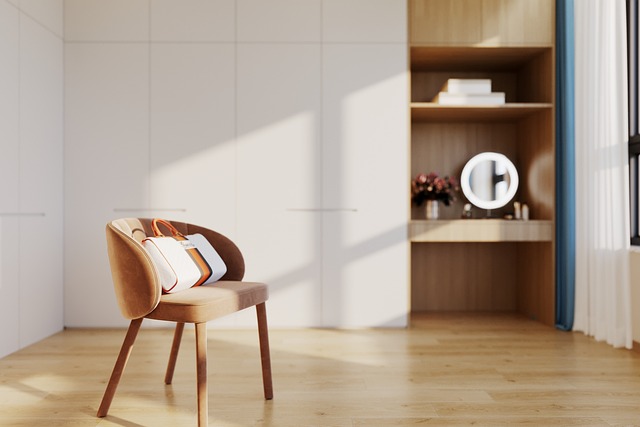Storage Rack: Practical Choices for Home and Work Spaces
A storage rack is a simple but versatile solution for holding items in homes, garages, offices, and retail spaces. When selected and placed thoughtfully, a rack can reduce clutter, protect goods, and make daily tasks faster by keeping frequently used items visible and accessible. This article explains what storage racks are, the shelving options available, and how to use them effectively in different rooms and settings.

What does storage mean for spaces?
Storage refers to methods and tools used to keep items safe, accessible, and organized within a space. Good storage balances capacity with accessibility: it should hold what you need without creating obstacles. Whether you’re dealing with seasonal items, tools, supplies, or inventory, storage decisions influence how efficiently a room functions. Considering size, weight capacity, and frequency of use helps determine which storage solutions best match your needs and habits.
What defines a storage rack?
A storage rack is a freestanding or wall-mounted framework designed to hold multiple items across levels. Racks are typically built from metal, wood, or engineered composites and come in modular or fixed formats. Key attributes are load capacity per shelf, overall footprint, adjustability, and anchoring options for stability. Racks differ from enclosed cupboards because they prioritize visibility and airflow, making them suitable where quick access or ventilation is important, such as in workshops or pantries.
What types of shelving are available?
Shelving comes in many forms to suit different uses: wire shelving for airflow and spill control; solid wood shelves for aesthetic and heavier household items; particleboard or laminate for budget-friendly furniture; and heavy-duty steel shelving for industrial loads. Adjustable shelving systems allow you to change shelf height as needs shift. Consider finish and corrosion resistance in humid environments and choose shelf depth and thickness according to the items you’ll store to avoid sagging and maintain safety.
How do racks help organization?
Racks support organization by defining places for items and making inventory visible at a glance. When paired with labels, bins, or baskets, a rack creates distinct zones—like tool areas, spare parts, or pantry categories—that speed retrieval and reduce duplicate purchases. Open shelving encourages regular maintenance since spills and dust are easier to spot. For small items, use dividers or clear containers to keep things orderly; for bulky items, ensure shelves are rated for the combined weight to preserve both organization and safety.
Can racks act as furniture in a room?
Racks can function as furniture when designed with aesthetics and multipurpose use in mind. In living spaces, shelving units can display books and decorative objects, or serve as room dividers with storage on both sides. Industrial-style racks may complement a loft or studio look, while wooden or painted racks integrate with conventional furniture. When using a rack as furniture, consider finishes, edge treatments, and how it interacts with other pieces—secure tall units to walls to prevent tipping and create a cohesive look with consistent materials or colors.
Which storage options suit different rooms?
Different rooms require different rack choices. Garages and utility rooms benefit from heavy-duty metal shelving with adjustable heights for tools and bins. Kitchens favor corrosion-resistant wire or sealed wood shelving for food and appliances. Offices typically use modular racks for supplies and files with a balance of closed and open storage for privacy and display. Bedrooms and living rooms need units that pair storage with design—closed drawers or baskets on lower shelves hide clutter while upper shelving displays curated items. Measure space, think about traffic flow, and select shelves that match the intended load and visual style.
Conclusion
Choosing the right storage rack involves matching material, strength, and design to your specific needs. Consider how often items are accessed, the weight and volume of what you’ll store, and whether the rack should blend into the décor or stand out as a functional element. With appropriate selection and placement, racks and shelving systems improve organization, protect belongings, and help transform underused areas into efficient storage zones.






